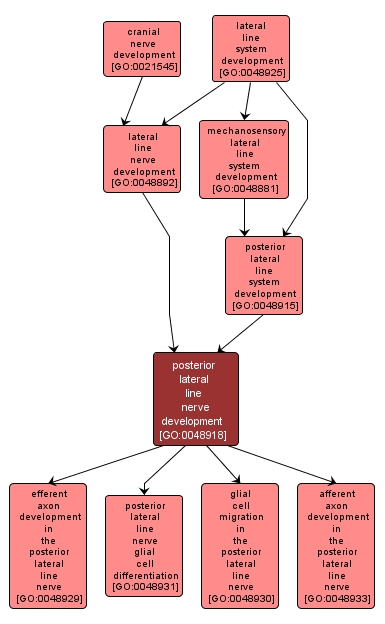| Desc: |
The process whose specific outcome is the progression of the posterior lateral line nerve over time, form its formation to the mature structure. The posterior lateral line nerve innervates hair cells of the PLL and projects to an octavolateralis column in the hindbrain that consists of the medial octavolateralis nucleus (MON), the caudal octavolateralis nucleus, and the magnocellular nucleus. |














